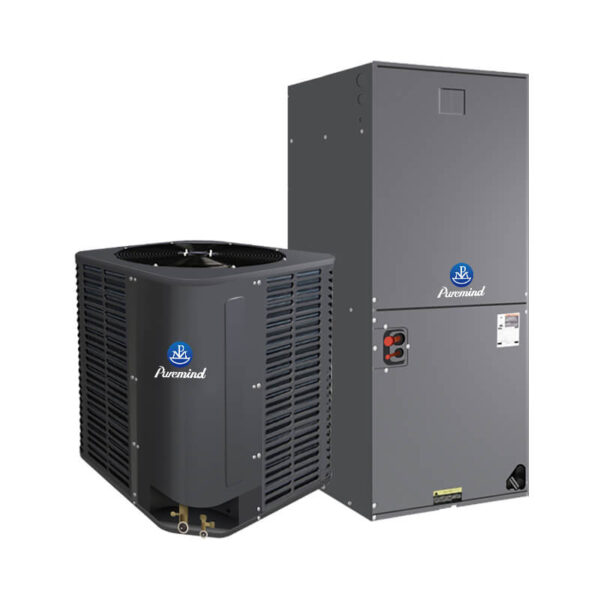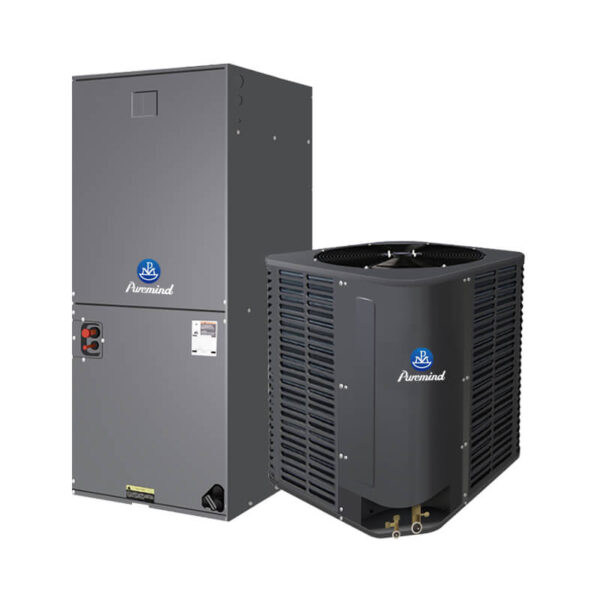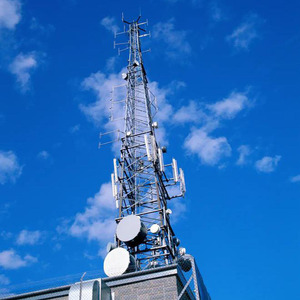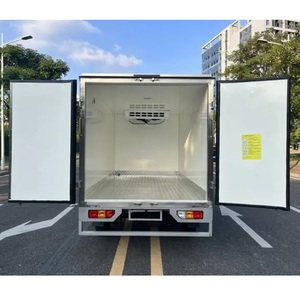The weather was sultry and humid after entering the night.In the eyes of industry experts, industrial cooling systems Indeed, it has great development potential, which makes many investors more interested. https://puremind.com/product-category/puremind-air-conditioner/industrial-chiller/
The frequency of air conditioning is increasing.
Hot summer day
Is it advisable to stay in an air-conditioned room for a long time?
Do I need to open the window to ventilate the air conditioner?
The answer is coming ◎
Turning on the air conditioner should not close the doors and windows.
A set of experiments will show you.
Many people have been in air-conditioned rooms for a long time.
I will feel dizzy and sleepy.
This may be that the indoor carbon dioxide concentration exceeds the standard.
Experts said
National standard of indoor carbon dioxide concentration
The general requirement is below 1000ppm.
For shopping malls, schools and other densely populated places
Generally, the concentration of carbon dioxide is required to be below 1500ppm.
When the indoor carbon dioxide concentration reaches 2000ppm
The human body often feels dizzy and uncomfortable.
There are only two or three people in the family.
Why does the concentration of carbon dioxide exceed the standard?
Two experimenters are in a 13-square-meter bedroom
Close the doors and windows and turn on the air conditioner.
By placing a good observer
Real-time observation of indoor carbon dioxide concentration changes
Over time
The concentration of carbon dioxide keeps rising.
Just half an hour.
It has already exceeded 1500ppm.
Experts said
For the home environment
This concentration has exceeded the standard
after an hour
The concentration of carbon dioxide in the air
More than 2000ppm
And it’s rising
The experimenter opened the window for ventilation.
After 15 minutes.
Indoor carbon dioxide concentration
Slowly dropped below 1000ppm.
It can be seen that the doors and windows are closed and the air conditioner is turned on for 1 hour.
It may cause the indoor carbon dioxide concentration to exceed the standard.
If you sleep in this environment for one night,
It is very likely that lack of oxygen will bring health risks.
It is recommended to turn on the air conditioner.
Open the window properly to get some air.
For families that are inconvenient to open windows
Consider purchasing a new fan.
Instead of window ventilation
Air-conditioned rooms should not stay long.
Beware of “air conditioning disease”
It is hot and hot in summer.
Stay in an air-conditioned room for a long time
Not only dizziness, headache
It may also induce “air conditioning disease”
Knowledge of small science popularization
”Air-conditioning disease” is a series of diseases induced by long-term use of air conditioning. When using air conditioning, the space is relatively closed, the air is not circulating, pathogenic microorganisms are easy to breed, and the temperature difference between indoor and outdoor is large, so the body is not well adapted, so a series of symptoms will appear.
Abdominal pain and diarrhea
The stomach and intestines are very sensitive to the stimulation of temperature.
Excessive indoor and outdoor temperature difference
Accelerated gastrointestinal peristalsis
Cause digestive dysfunction
Cause abdominal pain and diarrhea
catch a cold and have a fever
Enter the room with low temperature from the hot outdoor.
Easy to catch a cold and cough.
Even induce asthma and pneumonia.
Serious illness
neck shoulder lumbocrural pain
Thin clothes in summer
Shoulder, knee, waist, etc.
Exposed to the cool breeze for a long time
It is easy to cause symptoms such as joint and muscle pain.
It is easy to cause cervical spondylosis and scapulohumeral periarthritis.
cardiac infarction
From low temperature indoor to high temperature outdoor.
Switch like this
Will make blood vessels suddenly contract and expand.
Repeated fluctuation of blood pressure may induce myocardial infarction.
For the elderly with fragile blood vessels,
be highly dangerous
How to blow air conditioning healthily?
Pay attention to these points!
Air conditioning should be cleaned regularly.
Whether it’s central air conditioning
Or a stand-alone air conditioner at home
It should be cleaned before use.
It is recommended to clean it once every 1~2 months after use.
Window ventilation is essential.
Turn on the air conditioner
Attention should be paid to frequent ventilation.
It is recommended that every 2~3 hours.
Just ventilate the room once.
Ventilation for 10 to 15 minutes each time.
Air conditioning wind blows upward.
The temperature should not be too low.
Cold air will stimulate sweat pores to contract suddenly.
It is easy to cause dizziness, headache, runny nose,
Symptoms such as joint pain.
It is suggested that the temperature of air conditioner should be adjusted to 26≧
The temperature difference between indoor and outdoor should not exceed 7≧
When the air conditioner is turned on, the cold air sinks.
So the wind had better blow upward.
Avoid cold air blowing directly on your body.
Drink more warm water.
To prevent water loss from the body
Causes dry skin and itchy throat.
Drink plenty of warm water.
Drink chrysanthemum tea, etc
Eat more fresh fruits rich in vitamins.






